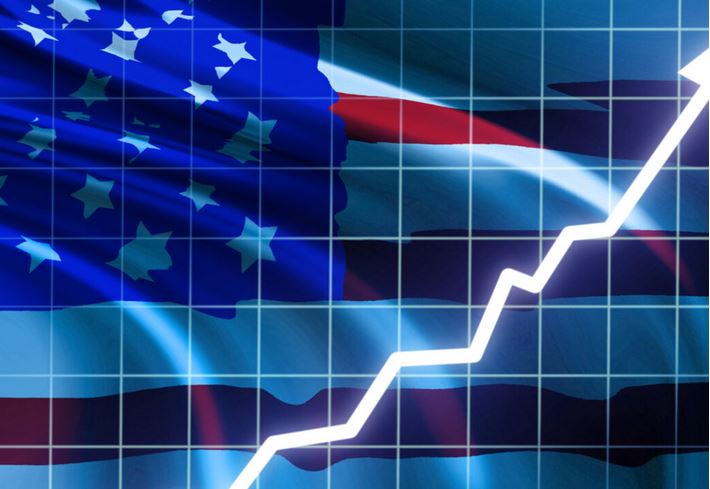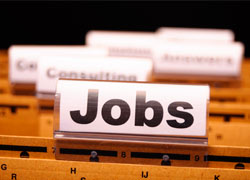As the Delta wave faded and the Omicron variant became a threat to the rebound in the last months of 2021, the US economic recovery picked up speed.
So, will we see a pace in growth in 2022?
Strong fourth quarter
The fourth quarter provided some reprieve between coronavirus outbreaks. It began while the Delta variant was fading, and Omicron’s influence was felt only in the latter weeks.
Through the fourth quarter of last year, the country’s GDP rose at an annualized pace of 6.9 percent. Consumer spending contributed to the robust fourth-quarter growth.
Following the initial shock of the epidemic, consumer spending and private investment were restored due to vaccination efforts, low lending conditions, and subsequent rounds of federal aid to people and companies.
The labor market has regained over 19 million of the 22 million jobs lost around the peak of virus-induced activities disruptions.
Last year, the US economy rose by 5.7 percent year on year. This is the greatest one-year increase since 1984. The print is simply another eulogy for a remarkable year of recovery. By 2021, the country will have gained 6.4 million jobs, the most in a single year in history.
Too optimistic?
President Biden praised the year’s economic growth and employment gains as proof that his efforts were bearing fruit. However, the economic rebound has recently been overshadowed by the greatest inflation rates since 1982.
Consumer price hikes, which reached 7percent in the year through December, began to accelerate in the spring when demand overtaxed supply networks that were already strained by the epidemic.
According to the Labor Department, import prices were 10.4 percent higher in December than a year ago.
Halt to recovery
Several significant hurdles continue to stymie the recovery. The fourth quarter witnessed an increase in viral cases as Omicron’s spread accelerated, although the timeframe did not catch the worst of the new wave.
As infections cause absences, the proliferation of the Omicron type appears to be exacerbating firms’ challenges to secure reliable labor.
Moreover, with companies outbidding one another to get to the front of the line for supply parts that make up their final goods, materials shortages for difficult-to-source components, such as computer chips, remain a problem.
Core capital goods shipments, a common indicator of company investment in US equipment spending, increased by 1.3 percent in the fourth quarter but remained steady in December.
What to watch out for?
The solid increase in the fourth quarter may represent the highest print of the recovery going ahead. This week, the Federal Reserve signaled that it is ready to hike interest rates from near-zero levels at its March meeting to reduce its support and combat inflation.
The Fed’s emergency asset purchases are already due to stop in early March, and rising interest rates would almost surely weigh on economic growth. This week, the International Monetary Fund decreased its US GDP prediction for 2022 by 1.2 percentage points, to 4 percent, citing tighter Fed policy and an expected halt to any more stimulus spending by Congress. However, that gain would still beat the yearly average from 2010 to 2019.


